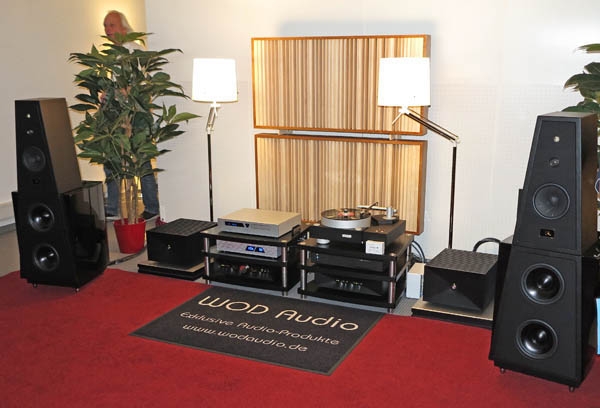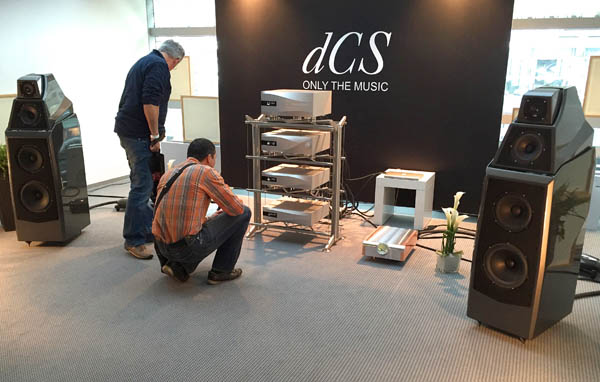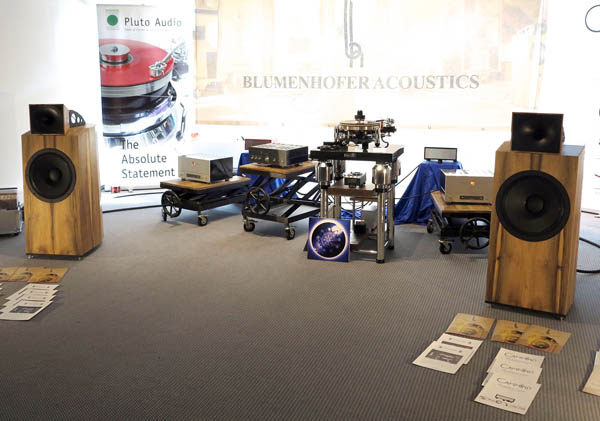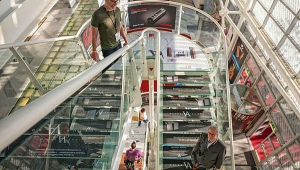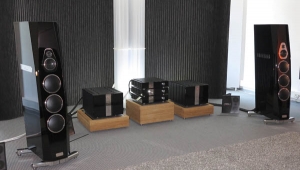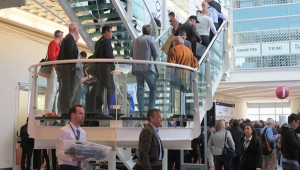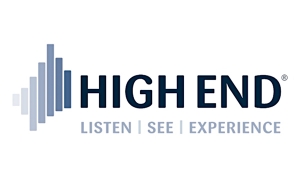| Columns Retired Columns & Blogs |
As much I respect Jason's reviews and comments, we had very different experiences of the system he heard. In fairness, I was at the public event which was not nearly as well attended as the evening event. As a result, I had a chance to hear some of the music I requested in a room which was not packed with attendees.
I stayed for about 2-1/2 hours for one simple reason . . . I didn't want to leave. Hearing redbook upsampled to DSD512 and comparing it to the same redbook file without upsampling was revelatory. I believe this was a comparison that Jason and many other attendees didn't hear that night unless they stayed a while after dinner (I understand some reviewers had other commitments to meet later that night).
Up until that day I had never heard upsampling I liked (either software or hardware generated). That all changed as I experienced this remarkable system.
The DSD512 upsampled presentation was so alive and three-dimensional that I couldn't get the sound out of my mind after I had left. And all of this from a system, the front of end of which was less expensive than single components being shown at the High-End show.
As a result, I'm now looking to try HQPlayer and other related components, and do a deep dive into the world of upsampled music.
For this audiophile, the event was nothing less than a gift and I thank the entire Sound Galleries team for the wonderful experience and the highly valuable information they gave me and many others.
Joel
